Canoe camping is synonymous with Algonquin Provincial Park. Spanning more than 7000 sqkm and featuring 2000 km worth of canoe paths, there are a seemingly infinite number of options for canoeing Algonquin.
While no single article could begin to cover the extensive number of possibilities for Algonquin canoe trips, I’ll highlight a handful of excellent routes to inspire you and assist with your trip planning.
I’ve chosen eight of the best Algonquin canoe routes, each beginning from a different access point. I hope this post helps you choose your next route!
Algonquin Canoe Route Resources
Before we dive into the specific routes, I want to let you know about some resources I’ve developed for planning canoe trips in Algonquin.
All of the Algonquin canoe trip routes listed below have a trip report, which details the day-by-day route, portages, campsites, logistics, and more. You can find the full list of Algonquin trip reports here.
They also have a detailed map (that is interactive!) so you can view the route and make your own modifications to it. You’ll be able to see how long it takes to paddle between destinations, set your speeds and download the results. Click here to learn more about the Route Planner!

This post may contain affiliate links. If you make a purchase through one of these links, I may receive a small commission at no extra cost to you. Your support is much appreciated! You can learn more by reading my full disclosure.
8 Algonquin Park Canoe Routes
Few activities are as iconically Canadian as a good old weekend of Algonquin Park canoe camping.
For each of the canoe trips below, I’ve included the access point, distance and possibly trip duration, however, this can be adjusted as you see fit. I’ve also detailed the destination lake, although I haven’t listed every lake passed through on the route. Read the accompanying trip report if you would like the lake / portage / campsite specifics.
Without further ado, here are the best Algonquin canoe routes!
Canoe Lake to Burnt Island Lake
- Access Point: Canoe Lake
- Duration: 3 days
- Distance: 24 km
- Difficulty: Beginner
Burnt Island Lake is known as one of the most beautiful lakes in Algonquin, and its close proximity to Canoe Lake Access Point makes it an easy weekend trip.
Beginning at Canoe Lake, just off of Highway 60 and the location of The Portage Store, there are just two portages (both relatively short) to bring you to Burnt Island Lake. The total paddling distance is about 12 km each way.
Although 3 days would give you more time to explore and enjoy the beauty of the park, this would also be a great 2-day canoe trip in Algonquin.
Read the full trip report here.
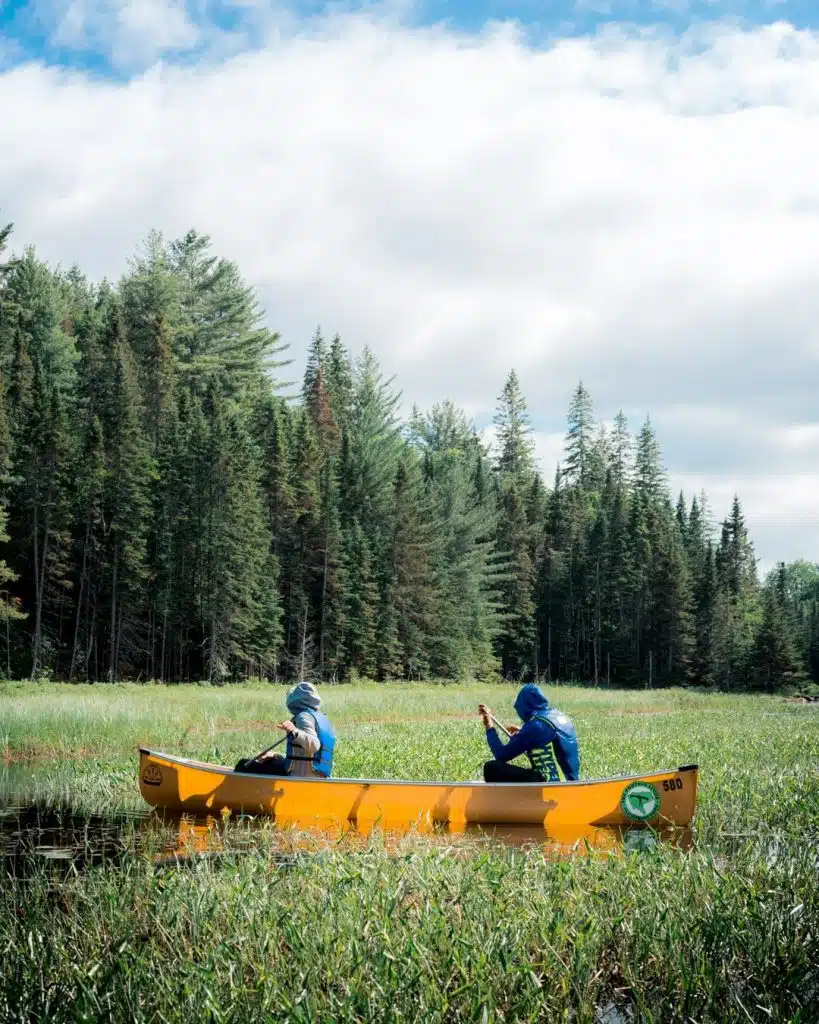
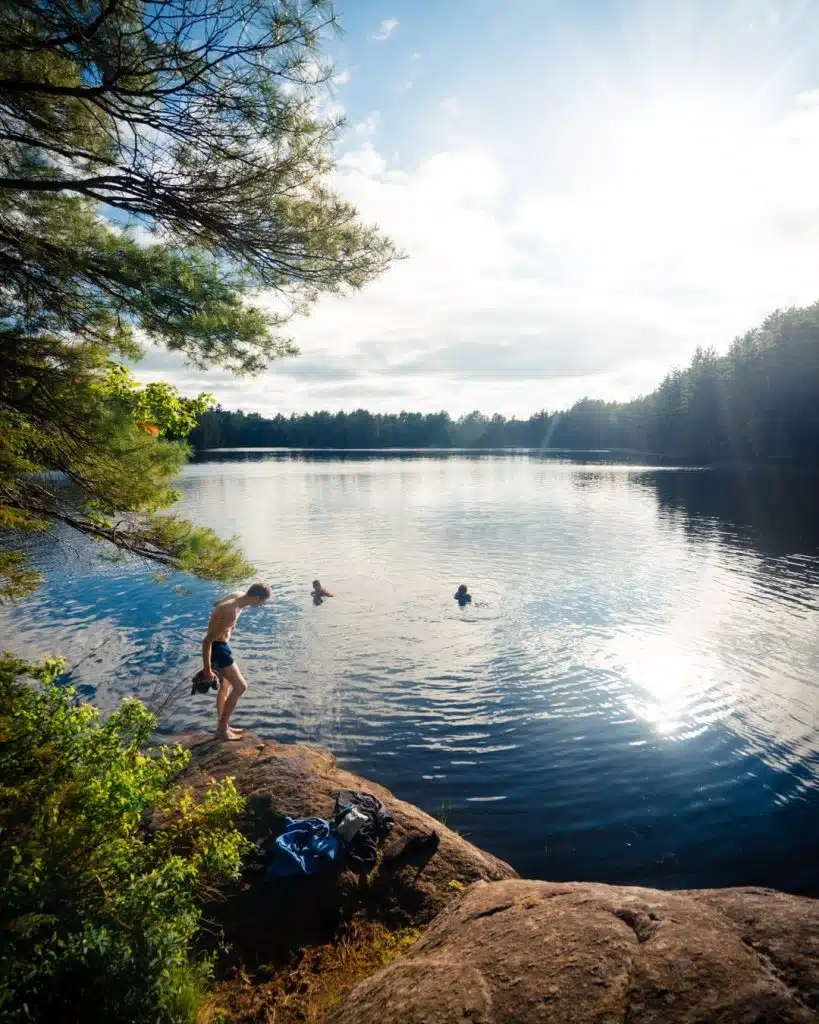


Read More: Guided Canoe Trips in Algonquin: The Perfect Introduction to Canoe Camping!
Tim River to Longbow Lake (32 km)
- Access Point: Tim River
- Duration: 2-3 days
- Distance: 32 km
- Difficulty: Beginner
Tim River is known as one of the best Algonquin canoe routes for moose spotting. It’s not uncommon to see 5 or more moose on a single trip! And in case you were wondering, Tim River has no moving water on it.
This route begins at Tim River Access Point, located on the west side of the park. From there, you paddle east toward Longbow Lake, making just two portages and paddling about 16 km each way.
While this route would be reasonable for novice canoeists, I’d suggest doing the trip in 3 days and staying at a site before Longbow Lake, especially if starting the trip on a Friday after a long drive from the city. Tim River is known to be filled with beaver dams that require liftovers – this can get tedious and will slow you down.
All in all, this is a great option for canoeing Algonquin if seeing wildlife is a priority of yours and you don’t mind the occasional beaver dam.
Read the full trip report here.
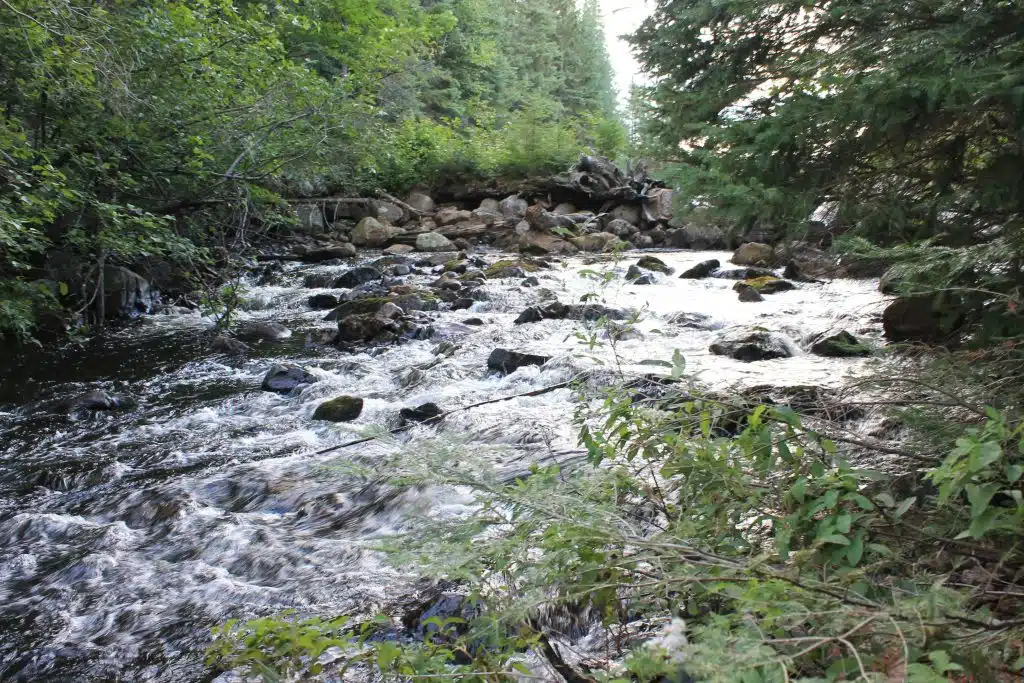




Kingscote Lake to Scorch Lake
- Access Point: Kingscote Lake Access Point
- Duration: 3-4 days
- Distance: 24 km
- Difficulty: Intermediate
This trip covers 24 km but do not underestimate it! It is a beautiful and less travelled part of the park, with some long portages and some big lake exposure at the start.
The route starts at Kingscote Lake Access Point, located in the southern panhandle of Algonquin. From there, the route travels north through three lakes (and three portages) until you reach Scorch Lake.
The portages range from 640m to 1.4km, so this isn’t the best route for brand new canoeists. But the portages are well maintained, easy to follow and have minimal elevation gain. Plus, all the portaging means there tend to be very few people on Scorch Lake.
Read the Full Trip Report Here




Barron Canyon
- Access Point: Achray Campground
- Duration: 3-4 days
- Distance: 24 km
- Difficulty: Beginner
Barron Canyon is one of the most popular Algonquin Park canoe routes that aren’t in the Highway 60 corridor. This canoe route begins at Achray Campground, located in the northeast of the park (somewhat near the town of Petawawa).
If you’re coming from the GTA, this access point is much further than those other Algonquin canoe routes and you should factor this into your planning.
Barron Canyon is a gorgeous canyon, and this route takes you right through it. As you make your way to the take-out at Squirrel Rapids, you’ll have quite a few portages, the longest of which is about 550 m.
Although a further drive for most people, if you want to canoe Algonquin in an area less travelled than Highway 60, this is a great location!
Read the full trip report here.
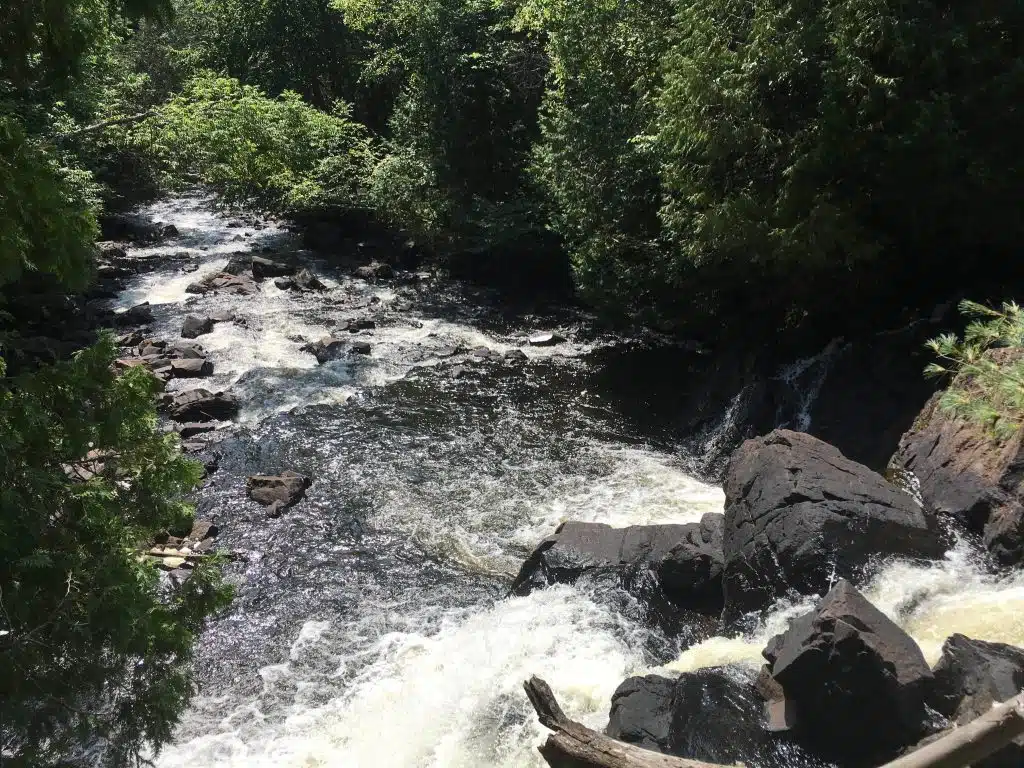



Wendigo Lake to Radiant Lake
- Access Point: Wendigo Lake
- Duration: 4-5 days
- Distance: 37 km
- Difficulty: Beginner
This canoe route begins at Wendigo Lake Access Point, in the north of the park. From there, it moves south through Allan and North Depot lakes before weaving through small, unnamed creeks until Clamshell Lake. The route out culminated after two more portages when you are brought to the wonderfully named Radiant Lake.
Depending on how much paddling and portaging you care to do in a day, this can be a 4 to 5-day route. Due to the number of portages, I wouldn’t recommend taking fewer than four days.
Tip: One of the campsites on Clamshell Lake has a rope swing into the water!
Read the full trip report here.
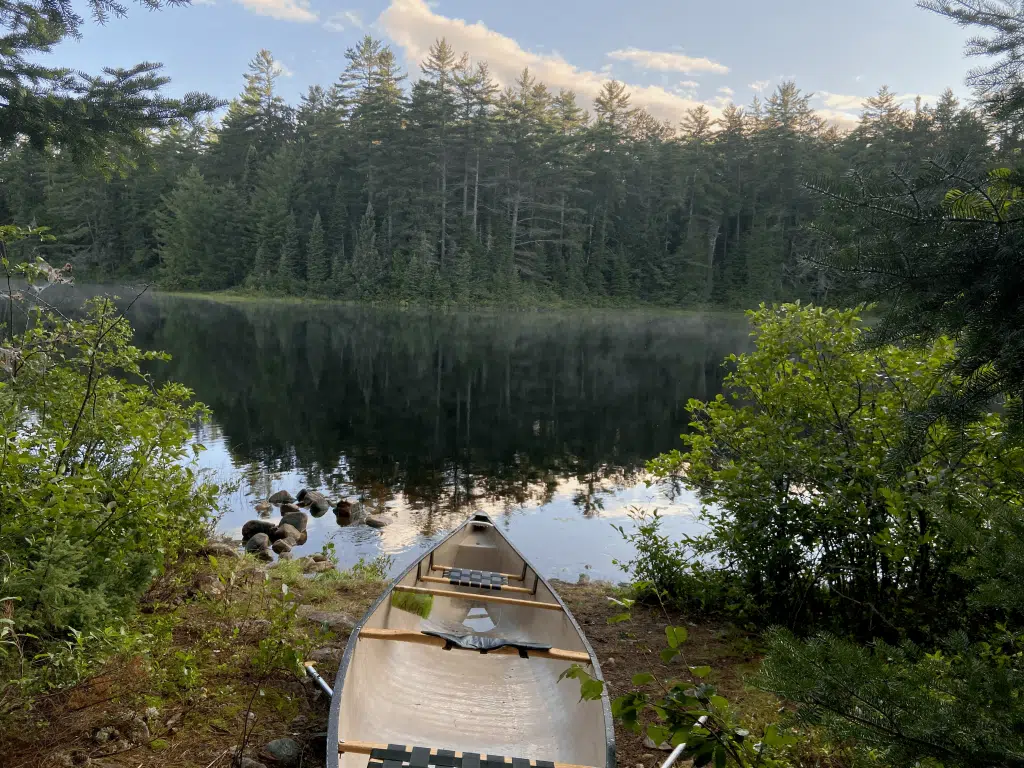
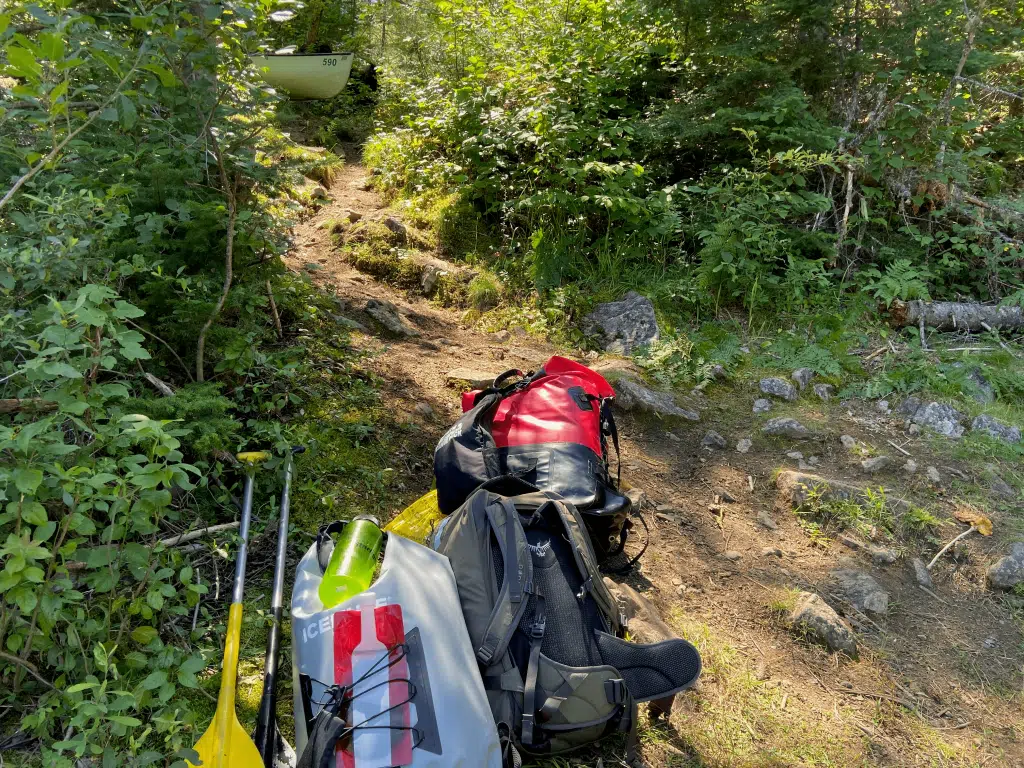

Read More: Guided Canoe Trips in Algonquin: The Perfect Introduction to Canoe Camping!
Rock Lake to Clydegale Lake
- Access Point: Rock Lake
- Duration: 3 days
- Distance: 30 km
- Difficulty: Beginner
This is one of the few Algonquin canoe routes that starts south of Highway 60. Beginning at Rock Lake Access Point, this route travels south toward Clydegale Lake via Penn Lake.
The route includes just two portages, neither of which are longer than 400 m. That paired with small, narrow lakes and beautiful campsites make this a good option for a beginner Algonquin canoe trip, especially if you do it over three days.
Read the full trip report here.
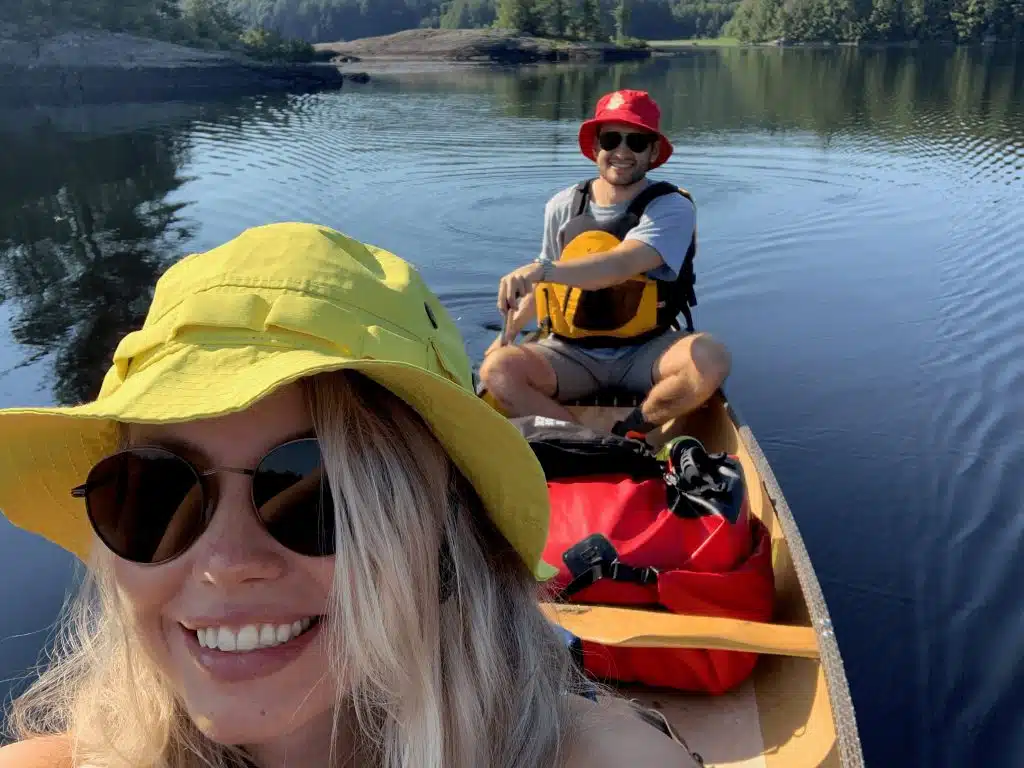



Source Lake Loop
- Access Point: Source Lake
- Duration: 5 days
- Distance: 24 km
- Difficulty: Intermediate
This is the perfect Algonquin Park canoe trip if you don’t mind a lot of portaging.
Beginning from Source Lake Access Point, located off of Highway 60, the route goes south toward Tanamakoon Lake before swinging north again toward Canisbay Lake.
From there, a series of long portages bring you to Owl Lake, via Linda Lake (three portages in total, between the lengths 930 m and 2,600 m). Finally, the route goes south again, returning to your starting point on Source Lake.
As I said, lots of portaging! In total, this route has about 9 km of portaging so if you’re thinking about choosing a route like this, ensure you pack light.
But if you’re willing to do the work, this is Algonquin Park canoe camping at its finest – great campsites, tons of different lakes and a lot of portaging. (It’s no wonder many people call canoe trips “portage trips”!
Read the full trip report here.
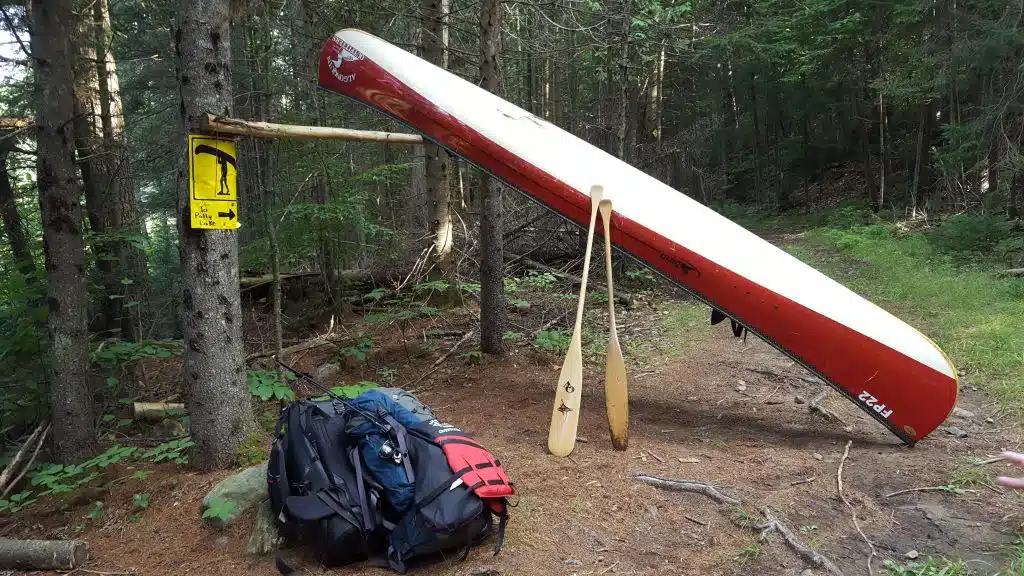


Read More: Algonquin Park Canoe Rentals: How to Choose Your Next Outfitter
Petawawa River: Lake Travers to McManus Lake
- Access Point: Lake Travers
- Duration: 4 days
- Distance: 49 km
- Difficulty: Intermediate
I believe this is one of the best Algonquin canoe routes, especially if you’re a whitewater fanatic like me. The Petawawa River flows east through the northern section of the park; first, it flows with little current through a series of lakes, but after Lake Travers it really gets flowing.
From here, there are a dozen fun Class I and Class II rapids to paddle – and there is only one definite portage (a 1.4 km portage around a chute). If you’ve done a little bit of whitewater paddling and want to test your skills, this is a great river because all of the major rapids have portage trails, allowing you to easily scout the rapid or skip it if it’s beyond your skill level.
In addition to great water, there are great campsites in this part of the park. The route naturally ends at McManus Lake, after which point you can’t paddle any further (the river leaves the park and crosses into government property).
As this is one of the few Algonquin Park canoe routes that has whitewater paddling, so ensure you have the necessary skills to paddle a route like this.
Read the full trip report here.
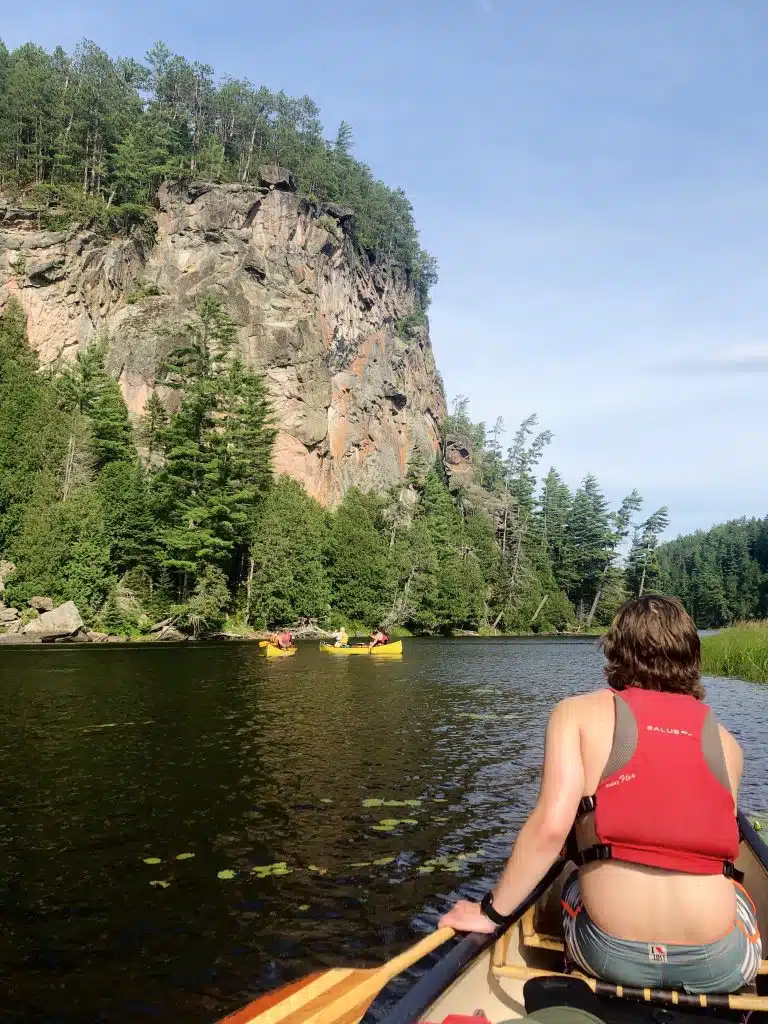
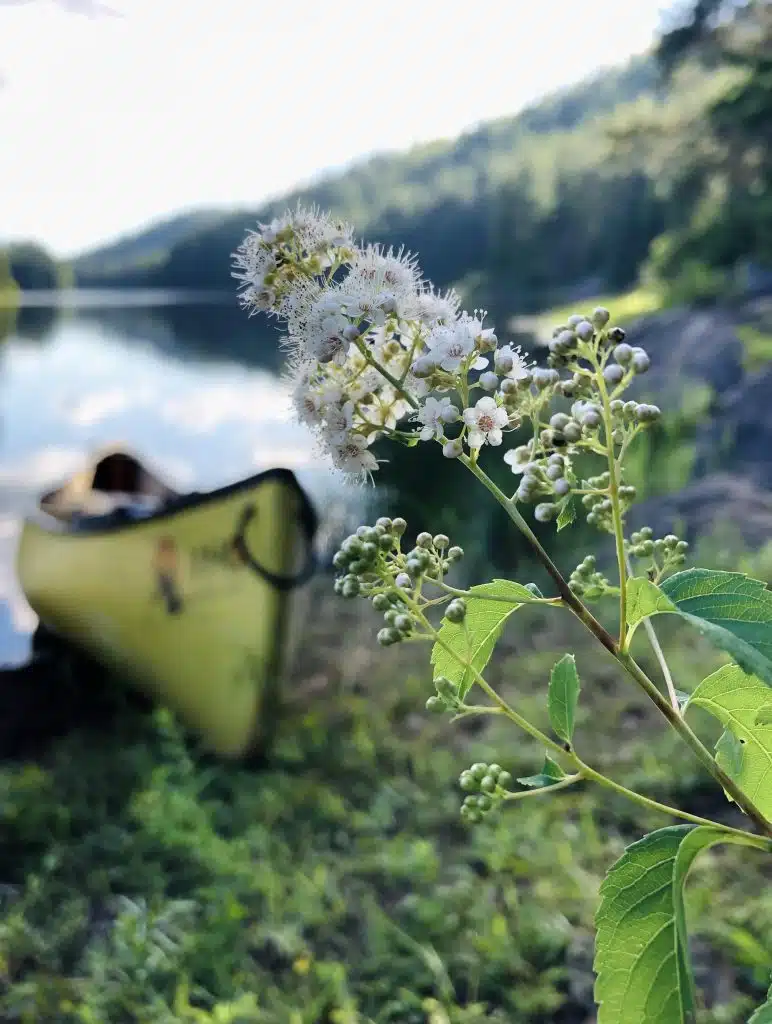
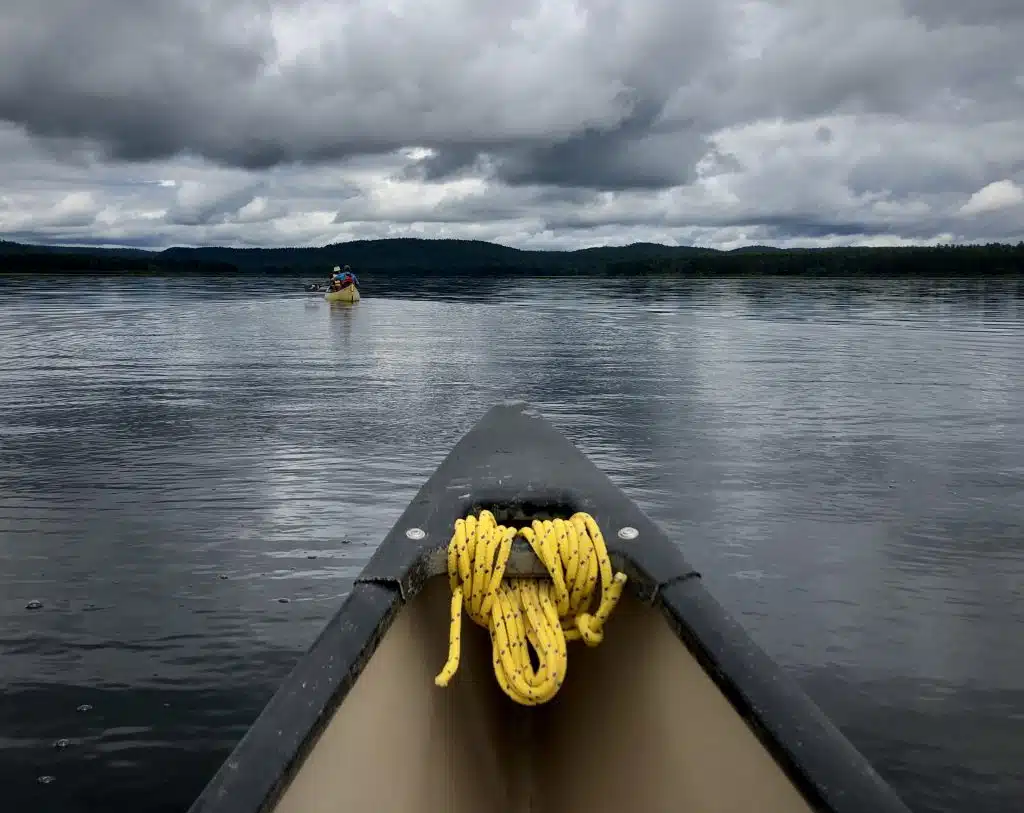
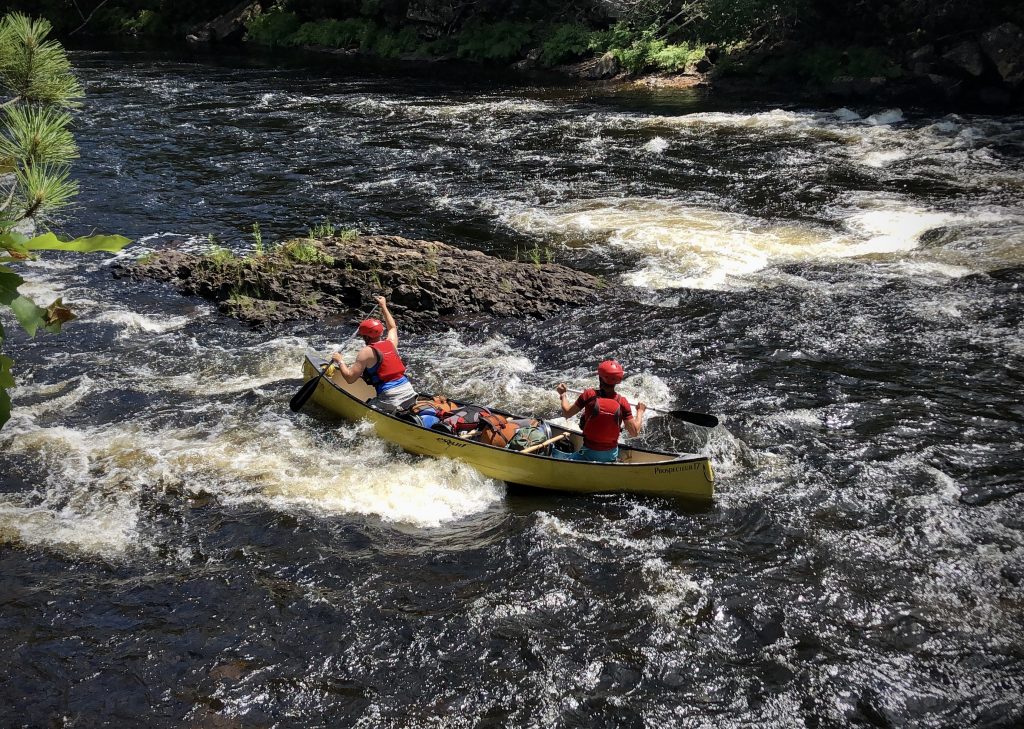
Lake Opeongo to Canoe Lake (58 km)
- Access Point: Lake Opeongo
- Duration: 5 days
- Distance: 58 km
- Difficulty: Intermediate
This route connects two of the most popular lakes in Algonquin via Happy Isle and Burnt Island lakes and is suitable for a trip of five days or so.
Starting in Lake Opeongo, it follows the northwest arm of the large lake toward Happy Isle Lake, before tracing southwest toward Burnt Island Lake. It ends at Canoe Lake, where you can pick up an ice cream come from my beloved Portage Store.
As far as Algonquin canoe trips go, I’d rate this one as intermediate due to the number of long portages: there are three portages longer than 900 m, including one that is 2.8 km. Also, never underestimate the power of the wind on Lake Opeongo – white caps are common and can be dangerous for novice paddlers.
If you canoe Algonquin regularly and are looking for a bit of a challenge, I think you’ll enjoy this route!
Read the full trip report here.

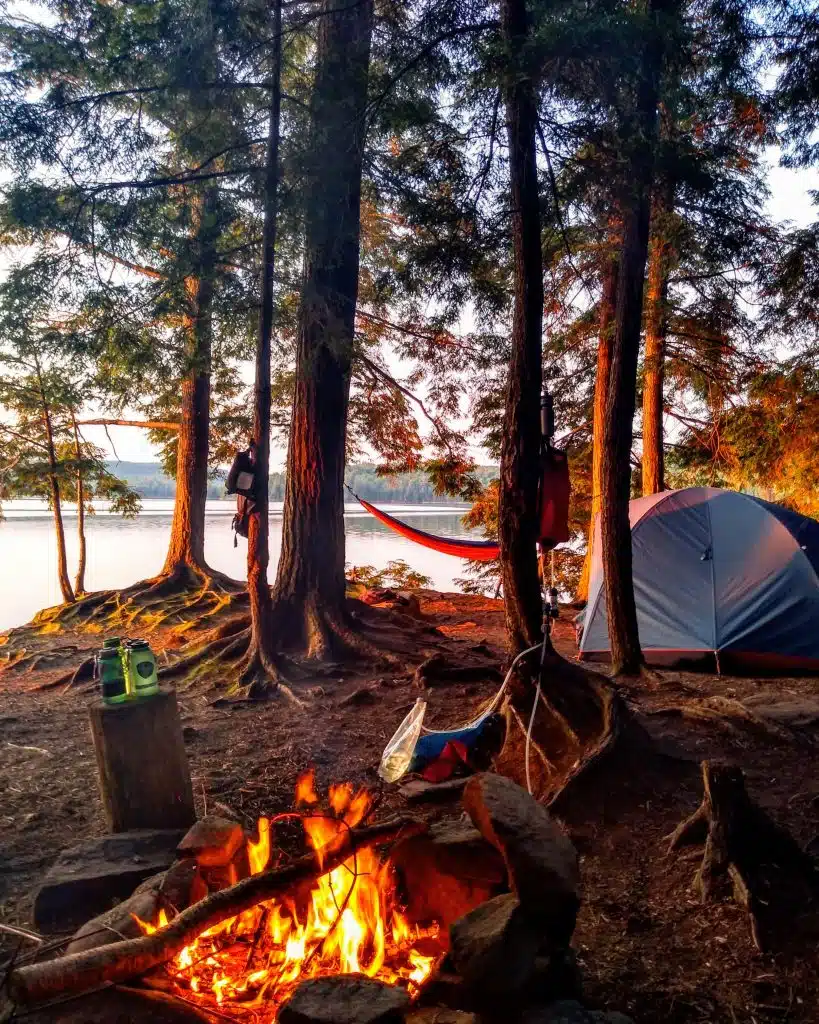

Canoe Routes in Algonquin – Final Thoughts
I hope you’ve found this post useful and have a better idea of which Algonquin canoe routes you’ll choose for your next adventures. If you have any questions, please reach out or head over to the full archive of detailed Algonquin canoe trip reports.
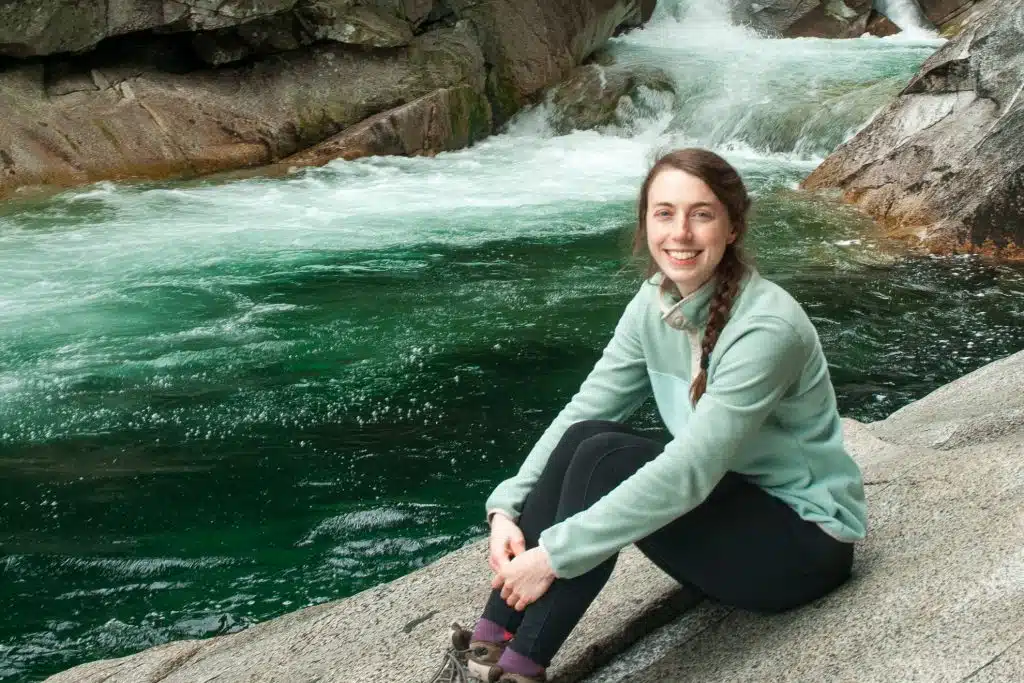


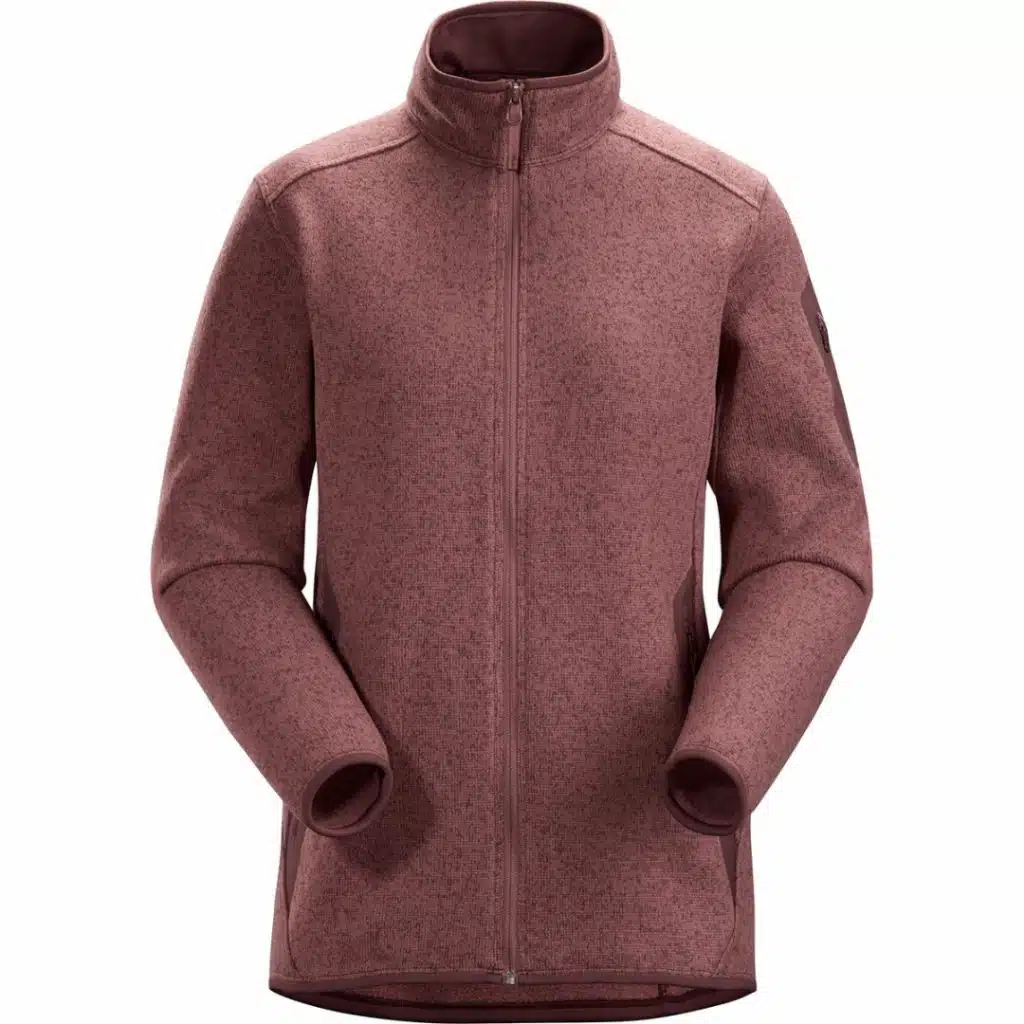
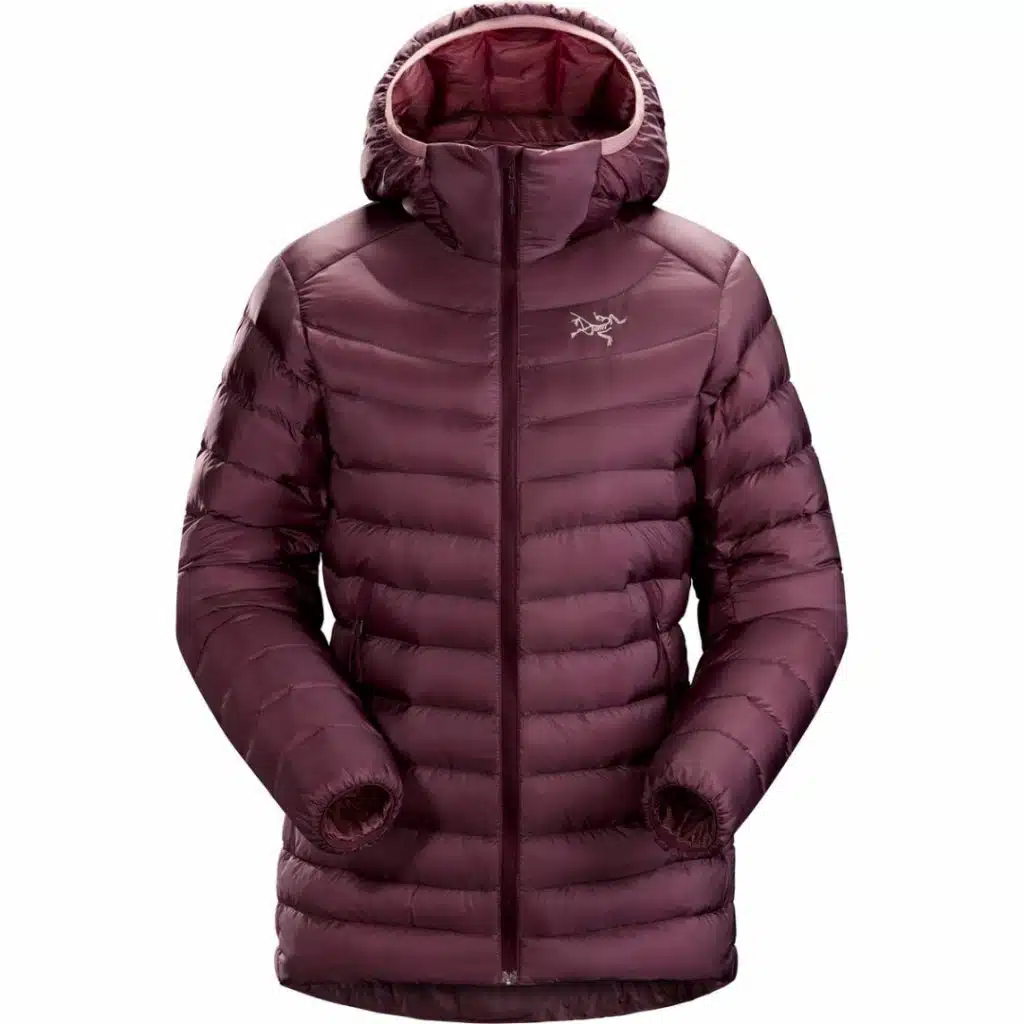
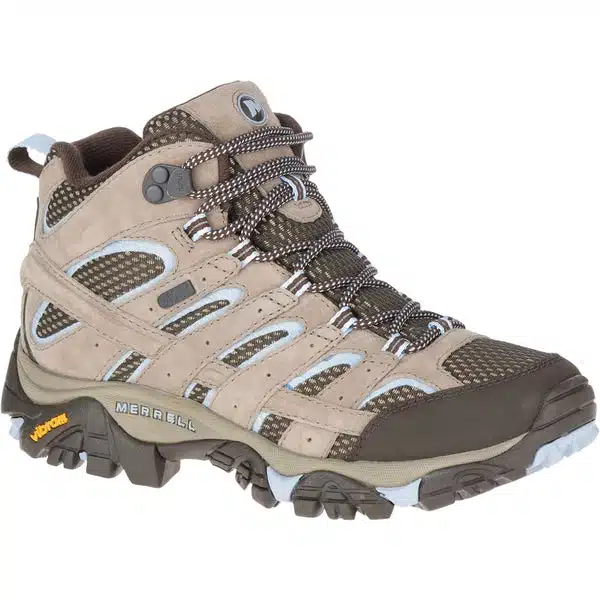
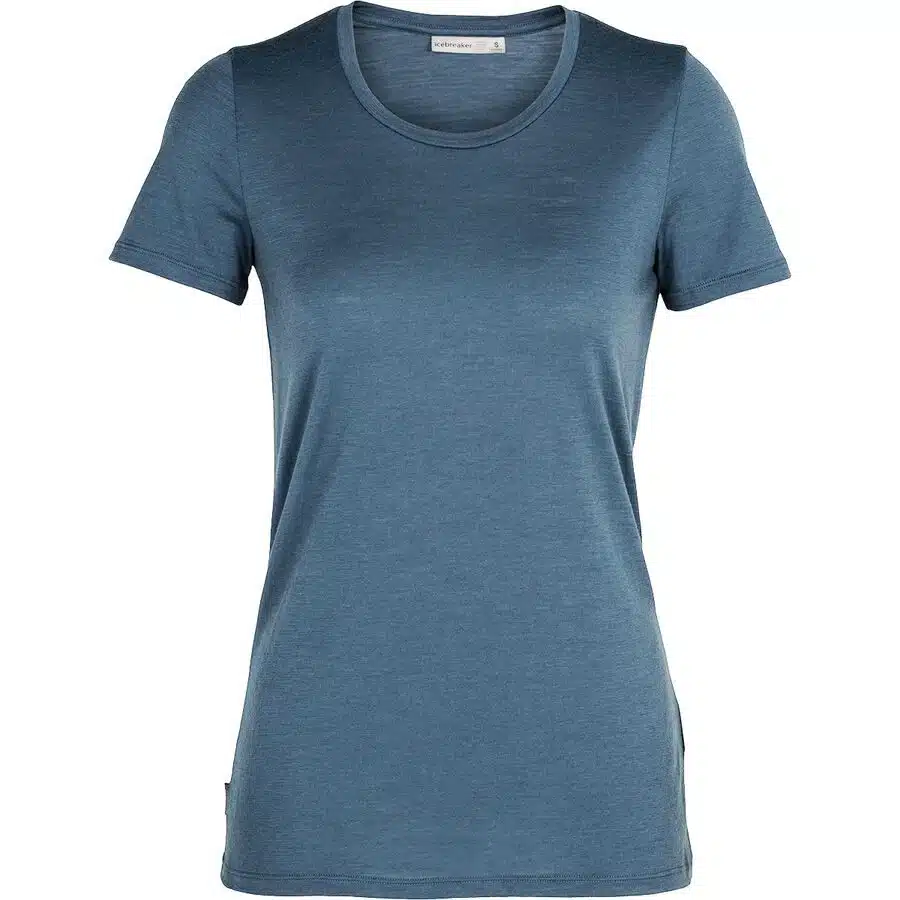
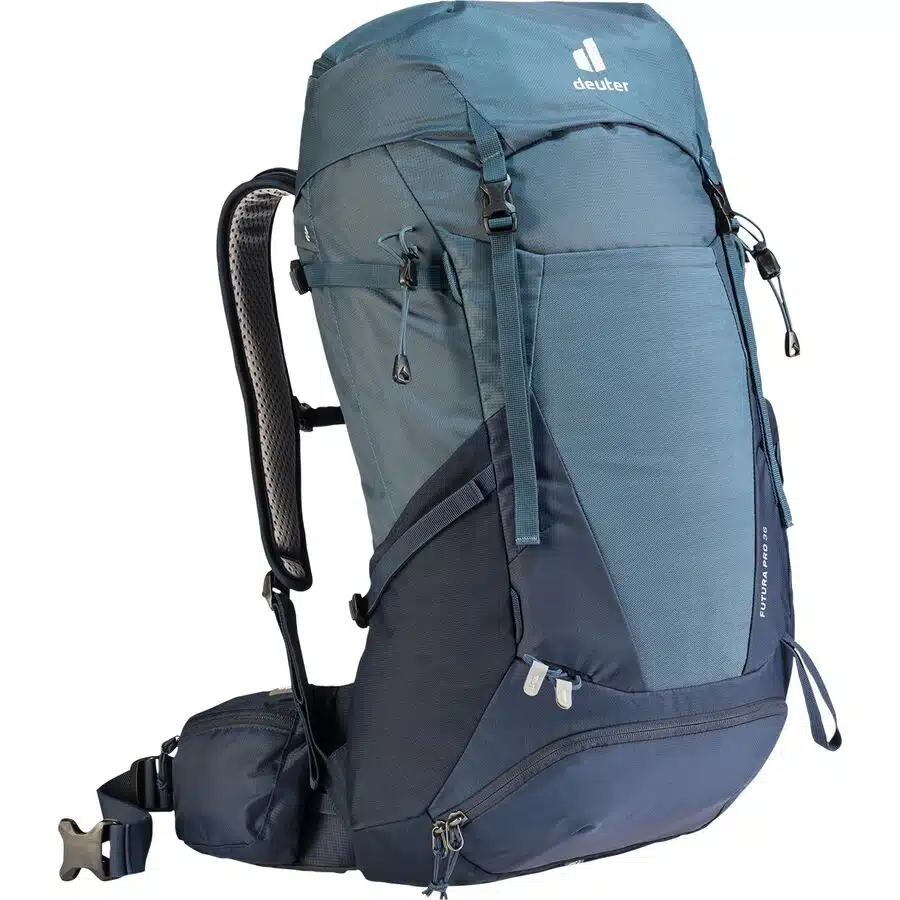
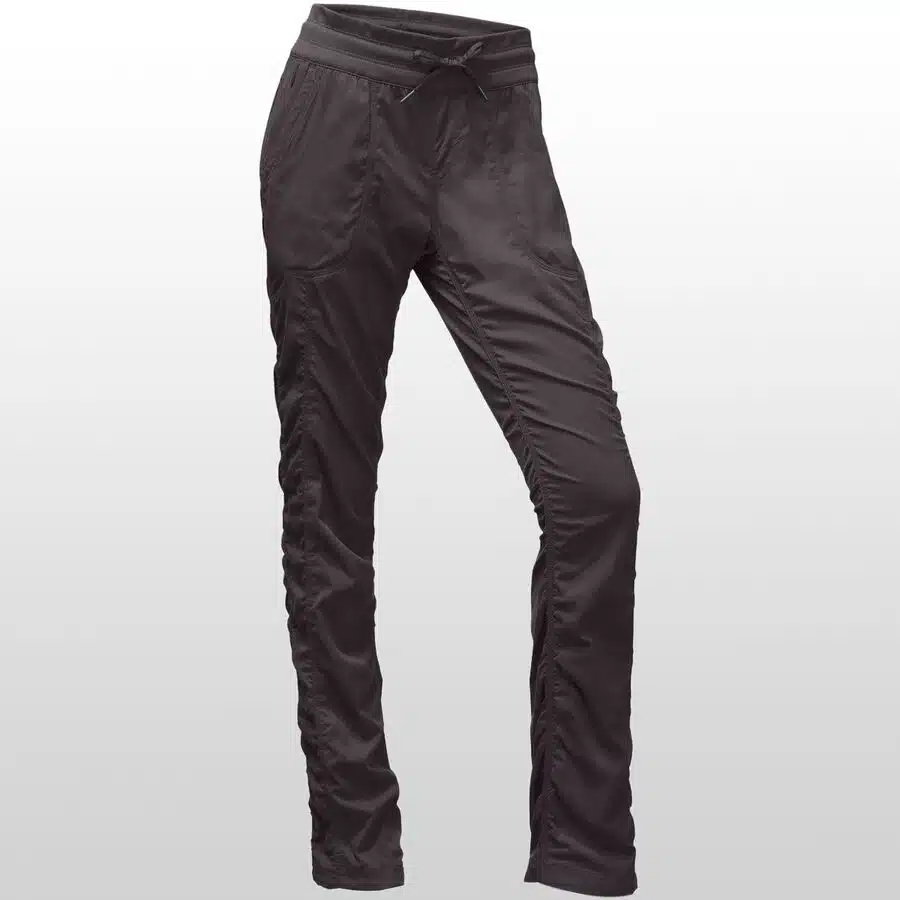
Stay in Touch
Join our community of outdoor adventurers - you'll find trip inspiration, gear discussions, route recommendations, new friends and more!
Like these lakes and sites need even more traffic and peoples garbage. Thanks for spoiling these gems.
Thank you for the comment but I disagree. I don’t believe in keeping places a secret in order to protect them. I believe in educating others on how to use the land in respectful ways, by leaving no trace and regonizing those whose land we recreate on.
What a bad take.
Thank you. Interesting read and a good blog.
Great article, im glad you shared these gems. I am looking to do my first canoe camping trip and found this post. I have only ever camped at regular camp grounds before, so this is an exciting adventure. I certainly will leave no trace behind! Thanks again for the info
You’re very welcome, Mike! Have a great time and thanks for leaving no trace 🙂
I’m so glad to have come across voyageur tripper it’s due time
Glad you found me!
Hi Mikaela! Thanks for this lovely post. I am an intermediate paddler, and typically do a couple of 4-day trips each year (May and September), usually with a buddy. This year we are each bringing one of our kids (my daughter is 21, his son is 12). What we all really love is fishing, and brook trout in particular! Can you recommend a 4-day beginner route, perhaps one that starts at Opeongo where we can get a headstart with a water taxi? (I know it’s cheating, lol) that would be great for brook trout. Thanks in advance 🙂